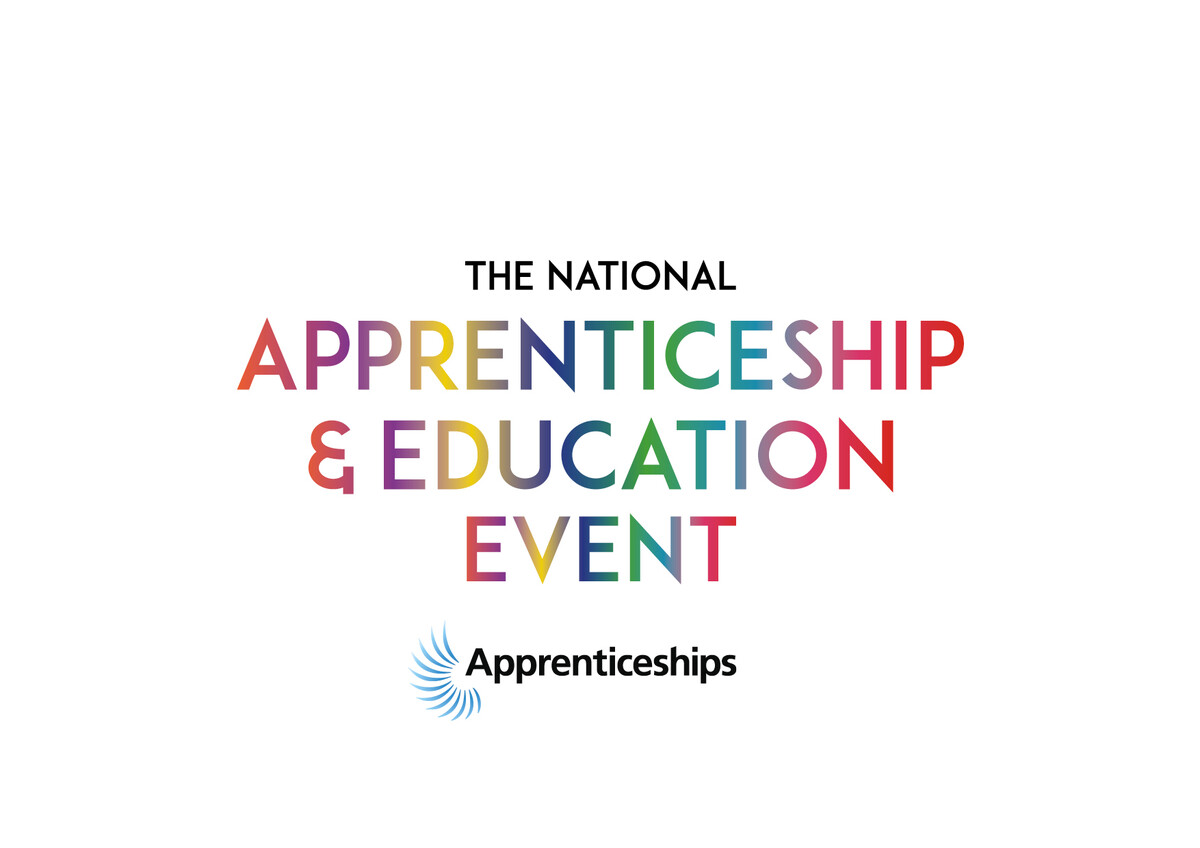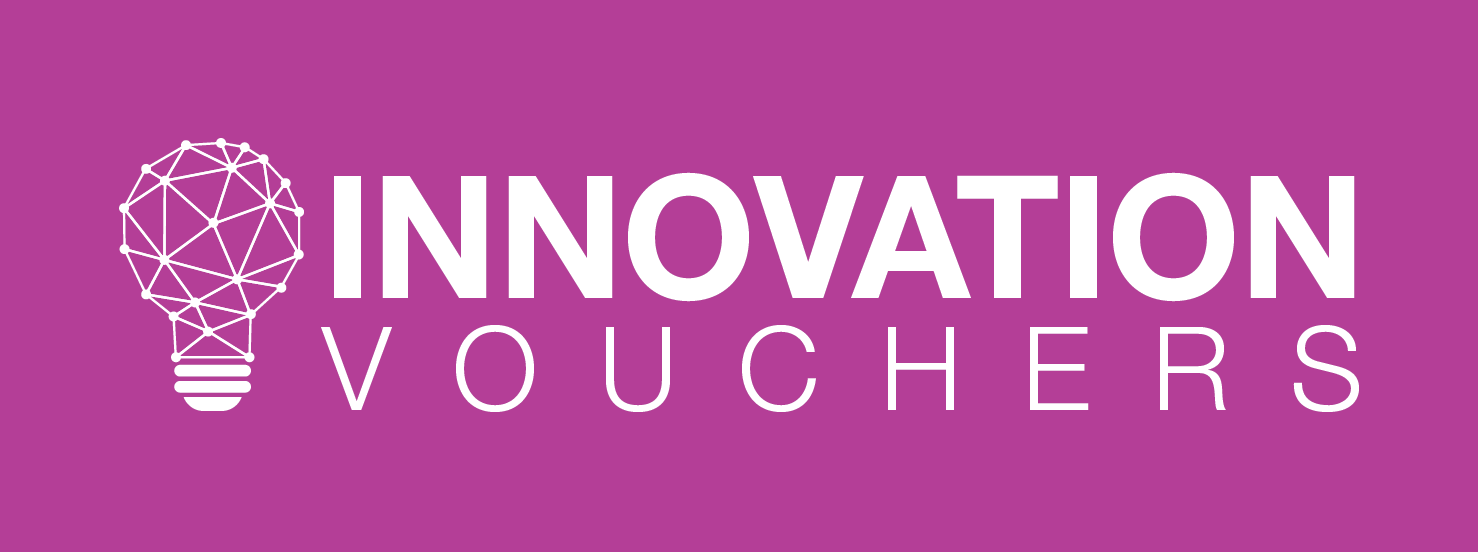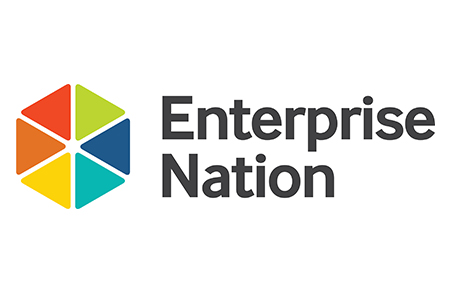How to get a business grant

Securing a business grant in 2024 can be a transformative opportunity for your business. With the proper approach, you can tap into resources that offer funding without the need for repayment. The challenge is understanding how to find and successfully apply for these grants. In this guide, we will break down the essential steps to help you navigate this competitive process.
Understanding the types of business grants
Before diving into the application process, it’s crucial to understand the various types of business grants available. In 2024, business grants generally fall into three categories: federal government grants, state and local grants, and private sector grants.
Federal Government Grants:
Federal grants are often the largest but come with stringent eligibility criteria and intense competition. The Small Business Innovation Research (SBIR) and Small Business Technology Transfer (STTR) programs, for example, offer significant funding to businesses involved in research, technology, or innovation. These grants are generally focused on companies that are contributing to scientific development, so if your business falls into this category, you may have a higher chance of success.
State and Local Grants:
State and local governments also offer grants, which tend to be less competitive and more targeted. These grants often cater to industries that are important to local economies, such as agriculture, tourism, or manufacturing. Additionally, some grants are available to support businesses in underserved areas. Rural development grants, for example, provide funding to help businesses thrive in less-populated regions. Eligibility for these grants is typically more flexible than federal grants, making them a good option for a wider range of businesses.
Private Sector and Foundation Grants:
In addition to public grants, numerous private organizations and foundations offer grants to small businesses that align with their mission. These grants are often aimed at underrepresented groups such as women entrepreneurs, minority-owned businesses, or businesses that focus on sustainability or community impact. Platforms like GrantWatch and 9winz have proven valuable in helping entrepreneurs find such funding opportunities. Some well-known grants include the Amber Grant for women and the FedEx Small Business Grant, which offers up to $50,000.
Preparing a strong application
Once you identify the right grant for your business, the next step is preparing a compelling application. First, you need a well-defined business plan. A solid plan outlines your business objectives, the market opportunity, your strategy for growth, and how you will use the grant money. It’s essential that your plan clearly aligns with the goals of the granting organization.
For most grants, you will also need to provide a “statement of need.” This part of the application explains why your business deserves the grant, what problem you are solving, and how the grant will help you achieve those goals. Be sure to back up your claims with data and a well-structured argument. Grant evaluators are looking for businesses that have a real impact and are sustainable in the long run.
Additionally, ensure your financials are in order. Most granting bodies will require you to submit financial statements, including income statements, balance sheets, and cash flow projections. Keeping detailed and organized records can make this part of the application more straightforward. If you’re unsure how to prepare your financials, consulting an accountant or financial advisor is highly recommended.
Finally, follow all instructions to the letter. It may sound simple, but many applications fail because applicants overlook basic details like word limits, deadlines, or required attachments. Double-check every aspect of your application to ensure it meets the grant requirements.
Leveraging support resources
Several organizations offer support to small businesses seeking grants. The Small Business Administration (SBA), for example, offers guidance on grant applications and can connect you with resources like the Small Business Development Centers (SBDCs) and Women’s Business Centers (WBCs). These centers provide free or low-cost consulting and training on everything from preparing financial statements to writing compelling grant proposals.
Additionally, SCORE is a nonprofit that partners with the SBA to provide free business mentoring and education. They offer valuable insights into applying for grants, creating business plans, and preparing pitches to potential funders.
Another essential resource is the local chamber of commerce or economic development organization. These groups often have connections to local grant programs and can provide assistance with networking and understanding the local business environment.
Key steps for success
Successfully obtaining a business grant in 2024 requires thorough research, preparation, and persistence. Understanding the types of grants available, crafting a strong application, and leveraging available support resources will increase your chances of success. Remember, competition for grants is high, but with the right approach, your business can secure the funding it needs to grow and thrive.
Back to all news & case studies
Request A Call Back
Tailored support for you
Success Stories
View all case studiesUK Immigration Ltd targets growth with GBSLEP Skills Service
GBSLEP Growth Hub helps digital marketer establish new business
GBSLEP helps Brainy Bar with intellectual property
Subscribe to our newsletter
All the latest GBSLEP Growth Hub news, updates and opportunities delivered to your inbox.




































 Get alerted to new grants and funding opportunities
Get alerted to new grants and funding opportunities